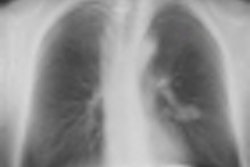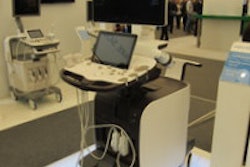Dear Digital X-Ray Insider,
Digital tomosynthesis continues to show immense promise in thoracic imaging. For instance, compared with chest radiography, this emerging technique produces superior images for identifying intra- or extrapulmonary lesions, and it can also remove overlying anatomical structures, enhance local tissue separation, and provide more depth of information of the structure of interest. Furthermore, it has a lower radiation dose than CT.
But what conclusions can be drawn about the market potential of digital tomosynthesis? We asked a group of imaging business analysts to enlighten us. To find out, click here.
Cardiac migration of a fractured portacath is a potentially life-threatening complication, so careful follow-up of patients with indwelling portacaths, early detection of complications, and prompt management are recommended. Chest radiographs, along with interventional endovascular techniques using the GooseNeck loop snare, remain the preferred method of management. Click here to learn more.
The official launch of the European Society of Radiology (ESR) EuroSafe Imaging campaign took place at this month's ECR 2014 in Vienna. But why did the ESR choose now for the launch? And is the campaign really necessary?
Firstly, Madan Rehani, PhD, director of radiation protection for the ESR, explains the rationale behind EuroSafe. Get the story here. Secondly, in an exclusive video interview, ESR President Dr. Guy Frija speaks about the initiative.
Digital x-ray products were among the new offerings on display in the technical exhibition at ECR 2014. To read AuntMinnie.com Editor-in-Chief Brian Casey's roundup from the event, please click here.
Last but not least, U.K. researchers have reported positive findings from a new study on reporting by radiographers. Get the story here.
You can see a full list of stories below or by going to the Digital X-Ray Community. Also, make sure you check back regularly for the latest coverage.



















